Properly structuring an online course can feel like a lot of work, but it’s the key to creating a truly engaging and effective learning experience. When you structure your online course adequately, your students will not just click through lessons but will be genuinely involved, retaining information, and excited to complete the course.
A well-structured course isn’t just about having a neat outline. It’s about creating an impactful learning journey.
When you get the structure right, you’ll see students participating more, understanding the material better, and sticking around until the end.
This article will guide you to discovering how you can transform your online course into a dynamic learning adventure that your students will love! Let’s get to it!
How to Structure Your Online Course By Breaking Content into Modules
Structuring your course into smaller, focused modules can significantly enhance the learning experience for your students.
Here’s why smaller, focused modules are more effective:
- Easier to Digest: Smaller chunks of information are simpler to understand and remember. Students can tackle one piece at a time without feeling overwhelmed.
- Enhanced Focus: Concentrating on one topic per module helps students stay on track and reduces cognitive overload.
- Increased Engagement: Short, focused modules are more engaging and keep students’ attention better than lengthy, sprawling lessons.
- Flexibility: Students can fit learning into their busy schedules more easily, making it convenient to complete modules during short breaks or commutes.
How to Break Down Complex Content When You Structure Your Online Course
- Identify Key Topics: Outline the main topics of your course. These will serve as your primary modules.
- Subdivide Topics: Break down each main topic into smaller, focused subtopics. Each subtopic can be a separate lesson within a module.
- Set Clear Objectives: Clearly define what students should learn from each module and lesson. This keeps the content targeted and relevant.
- Chunk Information: Organize the content into logical chunks that build upon each other, ensuring a smooth flow of information.
- Use Varied Formats: Incorporate a mix of text, videos, quizzes, and interactive elements to cater to different learning styles and keep the modules engaging.
- Review and Refine: Continuously assess and refine your modules based on student feedback and performance data to maintain their effectiveness and engagement.
For example: Let’s see the difference between a Fragmented Course vs. a Modular Course (a course broken down into modules).
An Online Course on Digital Marketing.
Fragmented Course:
- Week 1: Introduction to Digital Marketing (90-minute video)
- Week 2: SEO Basics (2-hour reading material)
- Week 3: Social Media Marketing (1.5-hour lecture)
- Week 4: Email Marketing (2-hour webinar)
- Week 5: Content Marketing (3-hour workshop)
In this fragmented course, each week dumps a large amount of information on students, making it difficult to retain and apply the knowledge. The lengthy sessions can be overwhelming and hard to fit into a busy schedule.
Modular Course:
- Module 1: Introduction to Digital Marketing
- Lesson 1: Overview (10-minute video)
- Lesson 2: Key Concepts (15-minute reading)
- Lesson 3: Case Study (Interactive quiz)
- Module 2: SEO Basics
- Lesson 1: What is SEO? (10-minute video)
- Lesson 2: Keyword Research (15-minute interactive tool)
- Lesson 3: On-Page SEO (10-minute reading)
- Module 3: Social Media Marketing
- Lesson 1: Platforms Overview (15-minute video)
- Lesson 2: Creating Content (10-minute tutorial)
- Lesson 3: Engaging with Audiences (Interactive activity)
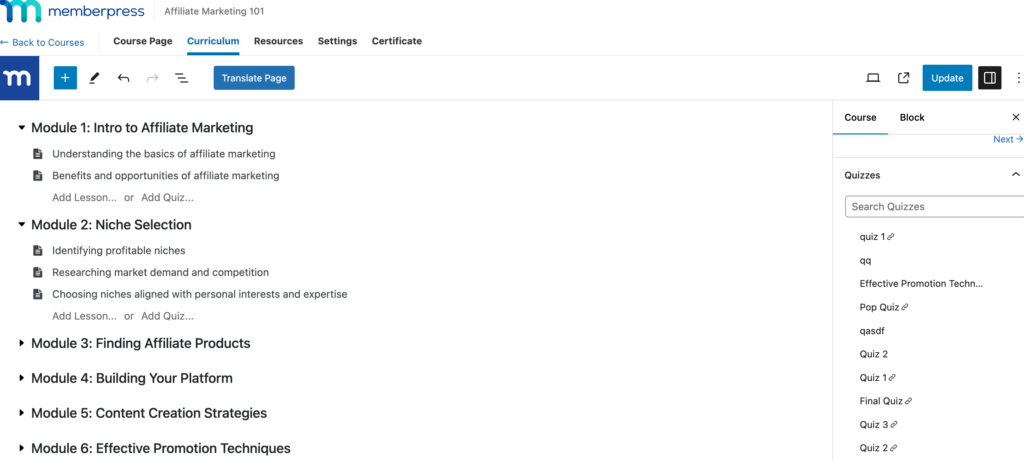
In this modular course, the content is broken down into smaller, focused lessons within each module. This makes it easier for students to understand and retain the information. They can also fit these short lessons into their schedules more conveniently, enhancing their overall learning experience.
By structuring your course into manageable modules, you create an engaging and effective learning journey that helps your students succeed.
How to Structure Your Online Course By Incorporating Interactive Elements
Incorporating interactive elements into your online course is a powerful way to maintain student engagement and enhance their learning experience. But what exactly are interactive elements, and why are they so important?
What Are Interactive Elements?
Interactive elements are components within your course that require active participation from students. Instead of passively consuming information, students engage directly with the content, their peers, and the instructor. These elements transform a static learning experience into a dynamic one.
Examples of Interactive Elements:
- Quizzes: Regular quizzes help reinforce key concepts and provide immediate feedback. They can be used at the end of each module to test understanding and retention.

2. Discussion Boards: These platforms allow students to discuss course topics, ask questions, and share insights. They promote peer learning and create a community of learners.
3. Live Q&A Sessions: Scheduled live Q&A sessions with the instructor offer students the chance to get real-time answers to their questions, clarify doubts, and engage in deeper discussions.
4. Interactive Videos: Videos with embedded questions or clickable elements keep students actively engaged while watching.
5. Polls and Surveys: These tools can be used to gather student opinions, encourage participation, and make the learning experience more interactive.
6. Simulations and Case Studies: Interactive simulations and real-life case studies allow students to apply their knowledge in practical scenarios, enhancing their problem-solving skills.
By incorporating these interactive elements into your online course, you can create a more engaging, effective, and enjoyable learning experience for your students. Interactive components not only make the course more interesting but also help students stay motivated and committed to their learning journey.
How to Structure Your Online Course By Using Multimedia
Adding multimedia to your online course can significantly enhance the learning experience by catering to various learning styles and keeping the content dynamic and engaging. Here’s a look at the types of multimedia you can use, their benefits, and some tips for effective implementation.
Types of Multimedia To Use When Structuring Your Online Course
- Videos: Videos are a versatile tool for delivering content. They can include lectures, demonstrations, animations, and interviews. Videos help explain complex concepts visually and can be paused and replayed as needed.
- Infographics: Infographics present information visually, making data and complex ideas easier to understand and remember. They are great for summarizing key points and illustrating relationships between concepts.
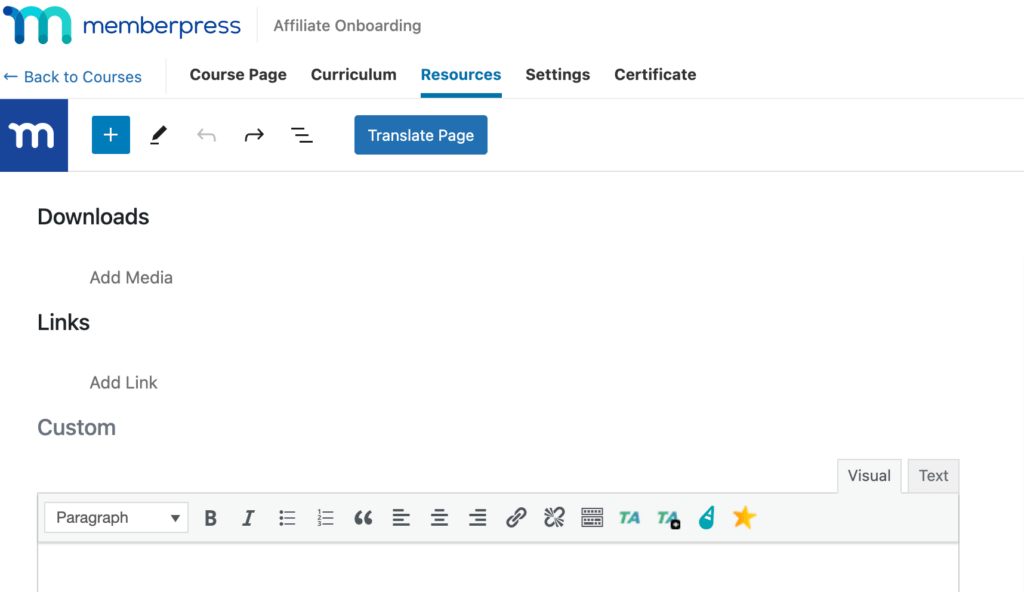
- Slideshows: Slideshows provide a structured way to present information. They can include text, images, graphs, and other visuals to support the content. Slideshows are ideal for breaking down topics into clear, manageable segments.
- Interactive Simulations: Simulations allow students to engage with the material in a hands-on way. They can experiment with different scenarios and see the outcomes of their actions in real-time, enhancing practical understanding and application.
Tips for Effective Multimedia Use
- Choose the Right Medium: Select the type of multimedia that best suits the content you’re delivering. For example, use videos for demonstrations and infographics for data presentation.
- Keep It Concise: Ensure that multimedia elements are concise and focused on key points. Overloading students with too much information can be overwhelming.
- Integrate Smoothly: Embed multimedia seamlessly into your course. It should complement the text and other materials, not distract from them.
- Use High-Quality Content: Ensure all multimedia elements are of high quality, clear, and professionally produced. Poor-quality media can be distracting and reduce the credibility of your course.
- Encourage Interaction: Whenever possible, include interactive elements within your multimedia, such as clickable links, embedded quizzes, or discussion prompts.
By thoughtfully adding multimedia into your course, you can create a richer, more engaging learning experience that caters to a wide range of learning styles and keeps students motivated and invested in their education.
How to Structure Your Online Course By Setting Clear Learning Objectives

Setting clear learning objectives is crucial for guiding students through your course. These objectives serve as a roadmap, helping students understand what they are expected to learn and achieve by the end of each module. Here’s how to set clear objectives and some examples of a sample course module.
How to Set Clear, Measurable Objectives:
- Be Specific: Clearly define what you want students to learn. Avoid vague language and focus on specific skills or knowledge.
- Be Measurable: Ensure that the objectives can be measured through assessments, quizzes, or practical activities. This allows you to track progress and determine if the objectives are being met.
- Be Achievable: Set realistic objectives that students can achieve within the given timeframe and with the resources provided.
- Be Relevant: Align the objectives with the overall goals of the course and ensure they are relevant to the students’ needs and interests.
- Be Time-Bound: Specify a timeframe for achieving the objectives, whether by the end of a module, lesson, or course.
Example Objectives for a Sample Course Module
Course Module: Introduction to Digital Marketing
- Objective 1: By the end of this module, students will be able to define key digital marketing terms, including SEO, PPC, and content marketing.
- Measurable by: A quiz on digital marketing terminology.
- Objective 2: Students will be able to describe the primary components of a digital marketing strategy.
- Measurable by: A short written assignment where students outline a basic digital marketing strategy.
- Objective 3: Students will be able to analyze a website’s SEO performance using specific tools and metrics.
- Measurable by: A practical exercise where students use an SEO tool to evaluate a sample website.
- Objective 4: Students will be able to create a simple PPC campaign on Google Ads.
- Measurable by: A hands-on project where students set up a PPC campaign with defined goals and keywords.
By setting clear, measurable learning objectives, you provide your students with a structured and focused path to follow, enhancing their learning experience and helping them achieve their educational goals.
How to Structure Your Online Course By Providing Regular Assessments and Feedback

Regular assessments and feedback are vital components of an effective online course. They not only help track learning progress but also reinforce knowledge retention and provide students with the guidance they need to improve. Let’s explore the importance of assessments, the types of assessments you can use, and tips for giving constructive feedback.
Importance of Assessments When You Structure Your Online Course
- Reinforcement of Learning: Regular assessments help reinforce what students have learned, aiding in the retention of information.
- Progress Tracking: Assessments provide a way to measure student progress and understanding throughout the course. They help identify areas where students may need additional support.
- Motivation: Regular assessments can motivate students by giving them clear goals and a sense of accomplishment as they complete each one.
- Feedback Opportunities: Assessments offer opportunities to give feedback, guiding students on their learning journey and helping them improve.
Types of Assessments
Quizzes: Short, frequent quizzes can help reinforce key concepts and ensure that students are keeping up with the material. They can be multiple-choice, true/false, or fill-in-the-blank.
- Assignments: More in-depth assignments, such as essays or projects, allow students to apply what they’ve learned in a practical context. These can be individual or group tasks.
- Peer Reviews: Peer reviews involve students assessing each other’s work. This can promote collaborative learning and give students new perspectives on their own work.
- Interactive Activities: Activities such as simulations, case studies, or interactive exercises can provide hands-on learning experiences and assess practical skills.
- Discussion Participation: Assessing participation in discussion boards or live Q&A sessions can encourage active engagement and deeper understanding of the material.
Tips for Giving Constructive Feedback
- Be Specific: Provide clear, specific feedback that highlights both strengths and areas for improvement. Avoid vague comments.
- Be Timely: Give feedback promptly after the assessment. Timely feedback helps students understand their mistakes and correct them while the material is still fresh.
- Be Positive: Start with positive comments to build confidence before addressing areas for improvement. This helps maintain student motivation.
- Be Constructive: Offer practical suggestions for improvement rather than just pointing out errors. Explain why something is incorrect and how it can be improved.
- Be Balanced: Provide a balance of positive and negative feedback. Acknowledge what the student did well and what needs work.
With these, you can create a supportive learning environment that promotes continuous improvement and helps students achieve their learning goals.
Conclusion
Creating an engaging and effective online course involves careful planning and thoughtful implementation of various strategies. When setting up a properly structured online course, ensure to
Break down content into manageable modules, incorporate interactive elements, use multimedia to enhance learning, set clear learning objectives, and provide regular assessments and feedback
Implementing these strategies can transform your online course into a more engaging, effective, and enjoyable learning experience for your students.
Now, it’s your turn! Apply these techniques to your own course designs and see the difference they make. We’d love to hear about your experiences and any additional tips you might have. Share your thoughts in the comments section below and join the conversation!








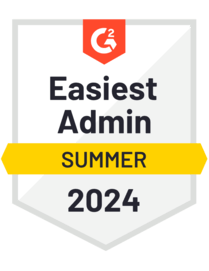
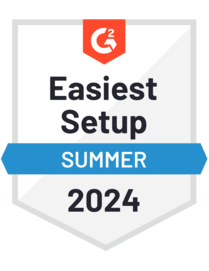



Add a Comment